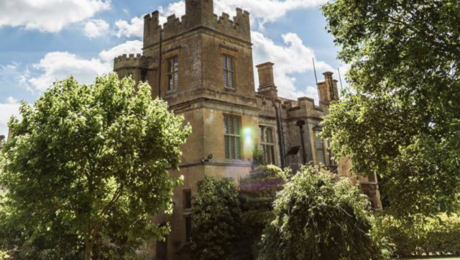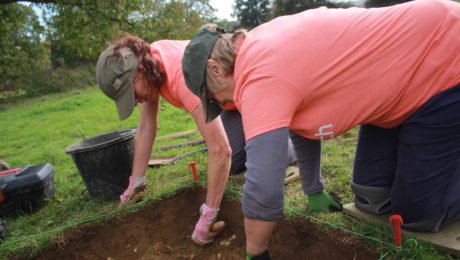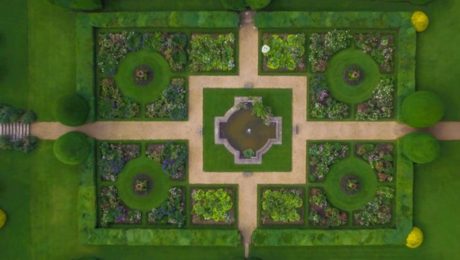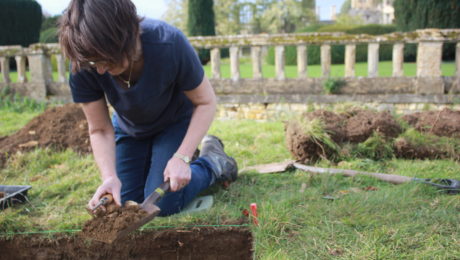For nearly a thousand years, Sudeley Castle has been home to some of England’s most famous monarchs. Starting with Goda, daughter of King Ethelred the Unready, the castle was later occupied by Richard III, who built its magnificent banqueting hall, and then by King Charles I, who made it his temporary base during the English Civil War.
But it was the Tudors who really made Sudeley their own: it’s where Anne Boleyn stayed with Henry VIII while he made his decision to dissolve the monasteries, and (most famously where Katherine Parr, Henry’s last wife, later lived after he died.
It’s also where, in 1592, Elizabeth I came to celebrate the fourth anniversary of her victory over the Spanish Armada – a party that is remembered as one of the longest in English royal history!
Partly a late-medieval castle, dating from 1442, and partly an Elizabethan mansion, it was in the nineteenth century that Sudeley came to be owned by the family of Thomas Cubbit, the great Victorian builder who made it a stately home, and began the restoration of the stunning gardens that so many visitors enjoy today.
These include the Queens Garden, a Victorian design on the site of an Elizabethan garden, and the Knot Garden, whose design is inspired by the front cover of The Miroir or Glasse of the Synneful Soul, a book embroidered by Elizabeth I when she was 11 years old.
These Tudor-inspired gardens built in the Victorian period are gorgeous places to spend a day, but there’s something even more stunning buried in the castle grounds – the rare remains of an original Tudor garden that has survived undisturbed for over 400 years!
Set against Gloucestershire’s beautiful Cotswold Hills, Sudeley Castle is now home to Lady Ashcombe and her family, who are committed to the continued preservation of the castle, its treasures and the ongoing regeneration of the gardens.
There’s plenty more history on the Sudeley Castle website.





